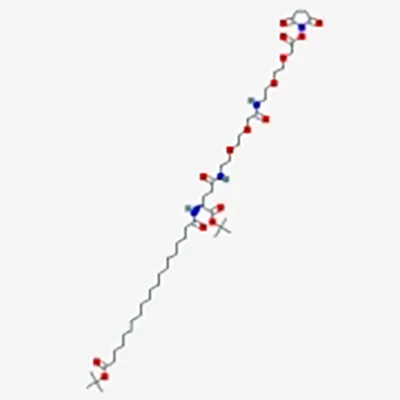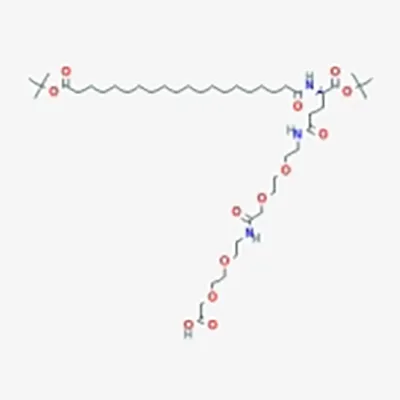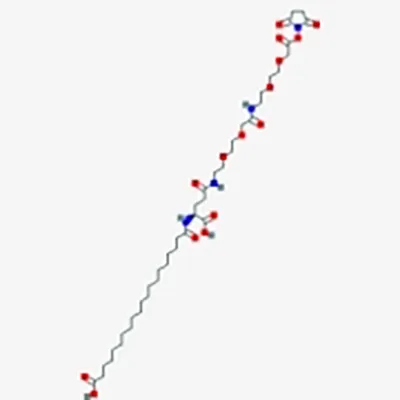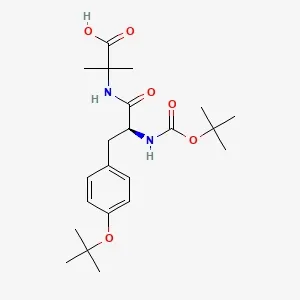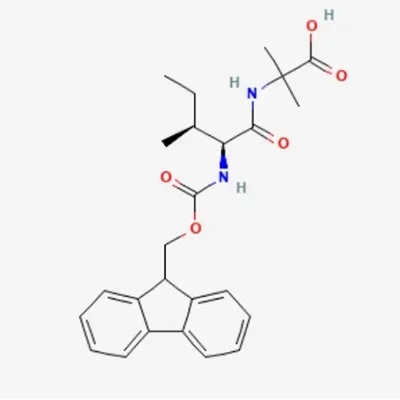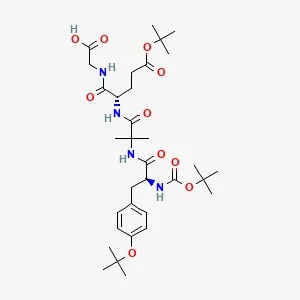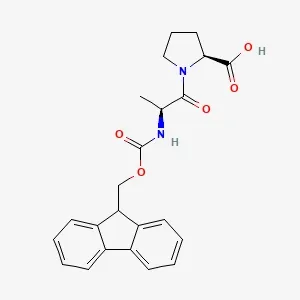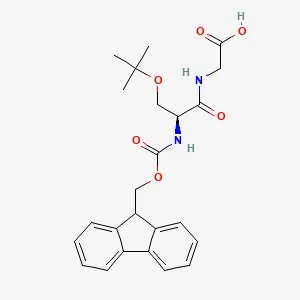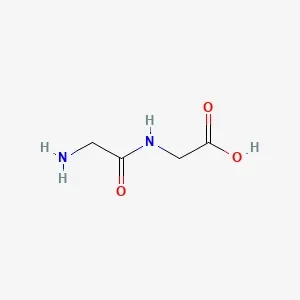
Amino Acids & Derivatives for Cell Culture
Glycylglycine
Glycylglycine (CAS No. 556-50-3) is a dipeptide formed by two glycine molecules, often used in nutrient-controlled cell culture media. With a molecular weight of 132.12 g/mol and a purity of 99% min, this compound appears as a white to off-white powder and has a melting point range of 220–240 °C. In cell culture systems, glycylglycine provides a controlled nitrogen source that supports amino acid availability while helping regulate nutrient levels in the medium. Beyond biological applications, it’s also used in cosmetics and as an intermediate in API production. We supply it in 25 kg fibre drums, stored at room temperature, with a monthly capacity of 5 tons.
- CAS No.: 556-50-3
- Molecular Formula: C₄H₈N₂O₃
- Purity: 99% min

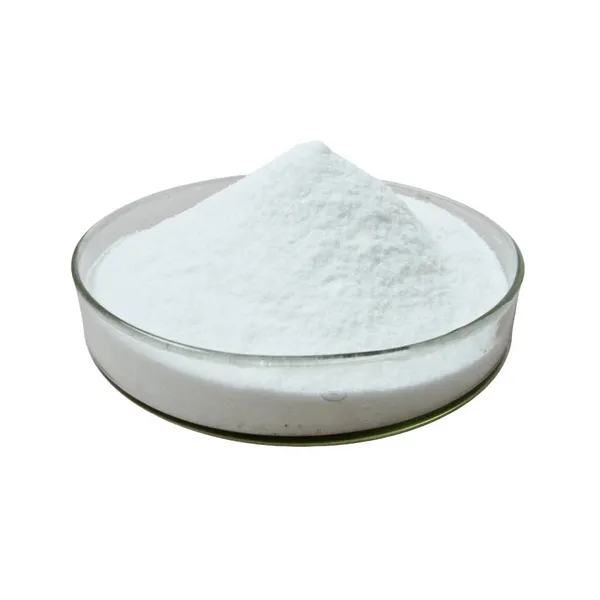


![Fmoc-L-Lys[C₂₀-OtBu-γ-Glu(OtBu)-AEEA-AEEA]-OH](products/2-3-1-fmoc-l-lys-C20-otbu-glu-otbu-aeea-aeea-oh_01.webp)
